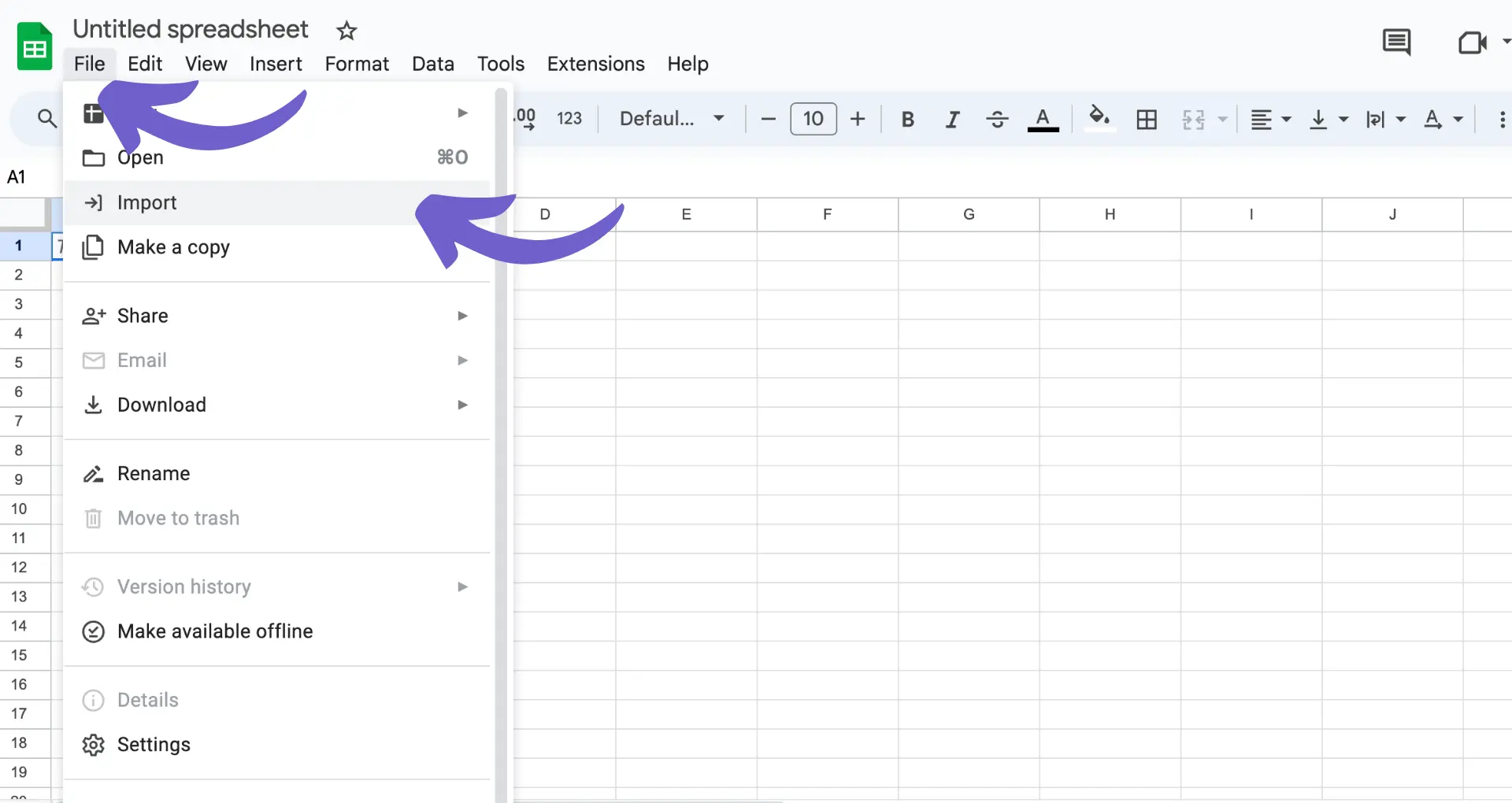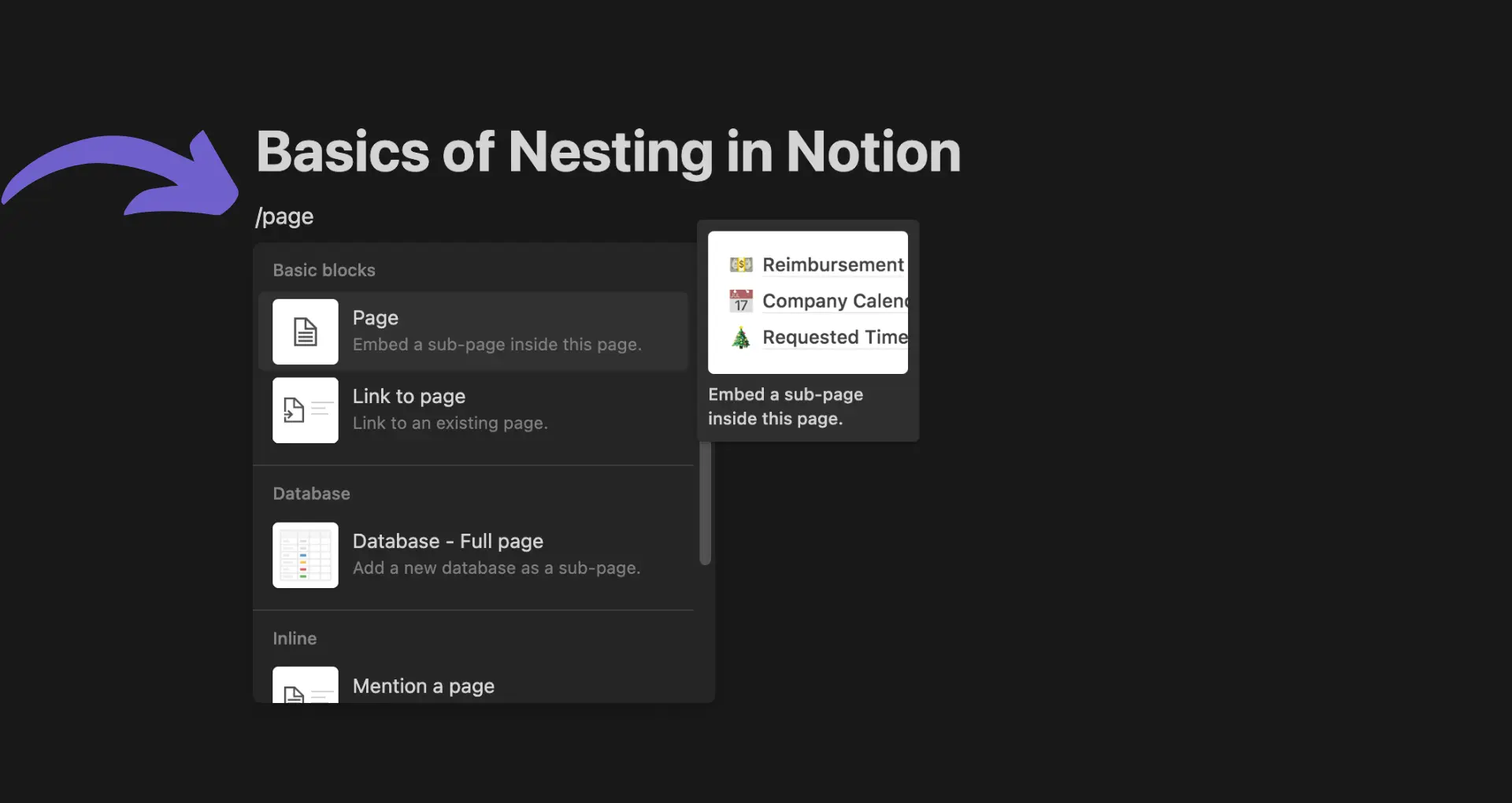





Use REGEXEXTRACT to pull numbers from strings in Google Sheets.
By the way, we're Bardeen, we build a free AI Agent for doing repetitive tasks.
If you're working with spreadsheets, you might love Bardeen's GPT in Spreadsheets feature. It can help you automate data extraction and manipulation tasks.
Extracting numbers from cells in Google Sheets is a common task that can be achieved using Regular Expressions (REGEX). In this step-by-step guide, we'll show you how to use REGEX functions like REGEXEXTRACT and REGEXREPLACE to isolate and manipulate numerical data within your spreadsheets. Whether you're dealing with simple numbers or more complex patterns like decimals and negative values, this guide will equip you with the knowledge to tackle any number extraction challenge in Google Sheets.
Regular Expressions (REGEX) are powerful tools for manipulating and working with text data in Google Sheets. REGEX allows you to search for specific patterns, extract matching data, and replace or modify text based on those patterns. Google Sheets provides three main REGEX functions:
These functions enable you to perform complex text operations, such as validating data formats, extracting specific information from cells, and cleaning up or standardizing text. By leveraging the power of REGEX, you can bring AI into your spreadsheet and automate repetitive text manipulations in Google Sheets.
The REGEXEXTRACT function in Google Sheets allows you to extract specific parts of a text string that match a given regular expression pattern. To isolate numbers from a cell containing mixed content, you can use REGEXEXTRACT with a pattern that targets numeric characters. The syntax for using REGEXEXTRACT is:
REGEXEXTRACT(text, regular_expression)
text: The input text or cell reference containing the text from which you want to extract numbers.regular_expression: The regular expression pattern that defines the numbers you want to extract.For example, to extract the first occurrence of a number from a cell, you can use the following formula:
=REGEXEXTRACT(A1, "\d+")
In this formula, A1 is the cell reference containing the text, and \d+ is the regular expression pattern that matches one or more consecutive digits.
Here are a few more examples of using REGEXEXTRACT to extract numbers:
=REGEXEXTRACT(A1, "\d{3}") (extracts a 3-digit number)=REGEXEXTRACT(A1, "\d+\.\d+")=REGEXEXTRACT(A1, "[a-zA-Z]*(\d+)[a-zA-Z]*")
If you need to do more advanced data extraction, consider using a free AI web scraper for tasks like these.
Need more control over your data extraction? Try Bardeen's AI web scraper to quickly automate and solve your complex data extraction challenges.
By using REGEXEXTRACT with the appropriate regular expression pattern, you can easily isolate and extract numbers from cells containing a mix of text, symbols, and numeric characters in Google Sheets.
While REGEXEXTRACT is useful for extracting numbers from a string, REGEXREPLACE takes it a step further by allowing you to remove non-numeric characters and replace them with a specified character or an empty string. The syntax for using REGEXREPLACE is:
REGEXREPLACE(text, regular_expression, replacement)
text: The input text or cell reference containing the text you want to manipulate.regular_expression: The regular expression pattern that defines the characters you want to replace.replacement: The text or character you want to use as a replacement for the matched pattern.To remove non-numeric characters from a string and extract only the numbers, you can use the following formula:
=REGEXREPLACE(A1, "[^0-9]", "")
In this formula, A1 is the cell reference containing the text, [^0-9] is the regular expression pattern that matches any character that is not a digit (0-9), and "" is an empty string used as the replacement, effectively removing the matched non-numeric characters.
Here are some additional examples of using REGEXREPLACE for number extraction and data cleanup:
=REGEXREPLACE(A1, "[^0-9\.]", "")=REGEXREPLACE(A1, "\D+", "_")=REGEXREPLACE(A1, "(\d+)", "Prefix_$1_Suffix")By combining REGEXREPLACE with other functions like VALUE or SUBSTITUTE, you can create powerful formulas to clean up and extract numerical data from strings in Google Sheets. For more advanced usage, you can also extract phone numbers from LinkedIn using similar techniques.
Extracting numbers with more complex structures, such as decimals and negative numbers, requires using specific REGEX patterns to identify and isolate these numerical formats. Let's explore some techniques to handle these cases:
To extract decimal numbers from a string, you can use the following REGEX pattern:
=REGEXEXTRACT(A1,"(-?\d+\.?\d*)")
This pattern matches an optional negative sign (-?), followed by one or more digits (\d+), an optional decimal point (\.?), and zero or more digits after the decimal point (\d*). For more advanced data extraction, consider using a web scraper extension.
Save time with Bardeen's web scraper extension. Extract data without coding.

To extract negative numbers, you can use a similar pattern:
=REGEXEXTRACT(A1,"(-\d+\.?\d*)")
The only difference is that the negative sign is not optional in this case, ensuring that only negative numbers are matched.
Sometimes, numerical data may be formatted with commas, currency symbols, or other characters. To extract numbers from such strings, you can use REGEX patterns that account for these additional characters. For example:
=REGEXEXTRACT(A1,"(-?\d{1,3}(?:,\d{3})*\.?\d*)")=REGEXEXTRACT(A1,"(-?\$?\d{1,3}(?:,\d{3})*\.?\d*)")These patterns allow for optional commas and currency symbols while still matching the core numerical structure.
By using these REGEX patterns in combination with functions like REGEXEXTRACT and REGEXREPLACE, you can effectively identify and extract complex numerical data from strings in Google Sheets. For more advanced tasks, such as integrating Excel with LinkedIn, check out our Excel integration tools.
Combining REGEX functions with ARRAYFORMULA in Google Sheets allows you to process multiple rows or columns at once, significantly improving efficiency when working with large datasets. Here's how you can leverage this powerful combination:
To apply REGEXEXTRACT to an entire column, wrap it inside an ARRAYFORMULA like this:
=ARRAYFORMULA(REGEXEXTRACT(A2:A, "pattern"))
This will extract the first match of "pattern" from each cell in the range A2:A, returning an array of results.
Similarly, you can use ARRAYFORMULA with REGEXMATCH to check if each cell in a range matches a specific pattern:
=ARRAYFORMULA(REGEXMATCH(B2:B, "pattern"))
This returns an array of TRUE/FALSE values indicating whether each cell in B2:B matches the given pattern.
Imagine you have a dataset with thousands of rows, and you need to extract numbers from a specific column. Without ARRAYFORMULA, you'd have to drag the REGEXEXTRACT formula down the entire column. However, with ARRAYFORMULA, you can achieve the same result with a single formula, saving time and effort.
For example:
=ARRAYFORMULA(REGEXEXTRACT(A2:A, "\d+"))
This extracts all numbers from the cells in range A2:A, efficiently processing the entire column at once.
By combining the power of REGEX functions with ARRAYFORMULA, you can connect Google Sheets and automate complex pattern matching and extraction tasks across large datasets, greatly enhancing your productivity and efficiency.
When using REGEX functions in Google Sheets, you may encounter some common issues. Here are a few pitfalls to watch out for and how to troubleshoot them:
One of the most common errors is using an invalid regular expression. Google Sheets uses the RE2 syntax, which has some limitations compared to other regex engines. If you encounter an error like "Invalid regular expression," double-check your regex pattern and ensure it's compatible with RE2.
Another common issue is using the wrong syntax for REGEX functions. Make sure you're using the correct function name (e.g., REGEXEXTRACT, REGEXMATCH) and providing the required arguments in the correct order. If you're unsure about the syntax, refer to the function's documentation or use the built-in function help in Google Sheets.
If your REGEX function is returning unexpected results, it's likely that your regex pattern isn't matching the text as intended. To troubleshoot this:
Bardeen's LinkedIn Profile Scraper automates extracting LinkedIn data, saving time and avoiding manual errors. Try the LinkedIn Profile Scraper for efficient data management.
When working with large datasets, complex REGEX functions can impact performance. To optimize your formulas:
By being aware of these common pitfalls and following best practices for troubleshooting, you can effectively debug and refine your REGEX formulas in Google Sheets. For more advanced automation, consider using AI web scraping tools.
REGEX functions in Google Sheets can be combined with other functions to create powerful data manipulation and analysis solutions. Here are a few examples of how you can integrate REGEX with other functions:
The IF function allows you to create conditional statements based on REGEX matches. For example, you can use REGEXMATCH within an IF function to categorize data or apply different formulas based on whether a cell matches a specific pattern.
=IF(REGEXMATCH(A2,"pattern"),"Category 1","Category 2")
The QUERY function enables you to perform SQL-like queries on your data. By incorporating REGEX functions within your QUERY, you can filter and extract data based on complex patterns. This is particularly useful when working with large datasets.
=QUERY(A1:B10,"SELECT * WHERE A matches '.*pattern.*'")
The FILTER function allows you to create subsets of your data based on specific criteria. By using REGEX functions within the FILTER criteria, you can extract rows that match complex patterns, such as email addresses or phone numbers.
=FILTER(A1:B10,REGEXMATCH(A1:A10,"pattern"))
Suppose you have a dataset containing customer information, including names, email addresses, and purchase history. You can use a combination of REGEX functions with QUERY and FILTER to:
By leveraging the power of REGEX with other Google Sheets functions, you can create sophisticated data extraction and analysis solutions tailored to your specific needs. For example, you can enrich LinkedIn profile links in your Google Sheets to streamline data sourcing and sales prospecting.










SOC 2 Type II, GDPR and CASA Tier 2 and 3 certified — so you can automate with confidence at any scale.
Bardeen is an automation and workflow platform designed to help GTM teams eliminate manual tasks and streamline processes. It connects and integrates with your favorite tools, enabling you to automate repetitive workflows, manage data across systems, and enhance collaboration.
Bardeen acts as a bridge to enhance and automate workflows. It can reduce your reliance on tools focused on data entry and CRM updating, lead generation and outreach, reporting and analytics, and communication and follow-ups.
Bardeen is ideal for GTM teams across various roles including Sales (SDRs, AEs), Customer Success (CSMs), Revenue Operations, Sales Engineering, and Sales Leadership.
Bardeen integrates broadly with CRMs, communication platforms, lead generation tools, project and task management tools, and customer success tools. These integrations connect workflows and ensure data flows smoothly across systems.
Bardeen supports a wide variety of use cases across different teams, such as:
Sales: Automating lead discovery, enrichment and outreach sequences. Tracking account activity and nurturing target accounts.
Customer Success: Preparing for customer meetings, analyzing engagement metrics, and managing renewals.
Revenue Operations: Monitoring lead status, ensuring data accuracy, and generating detailed activity summaries.
Sales Leadership: Creating competitive analysis reports, monitoring pipeline health, and generating daily/weekly team performance summaries.